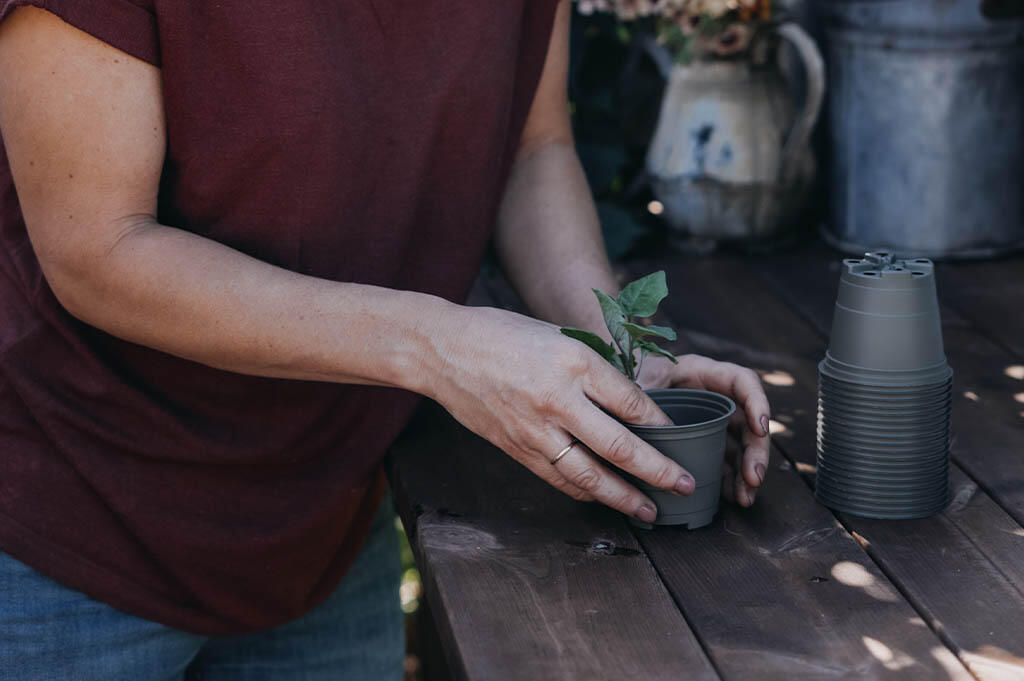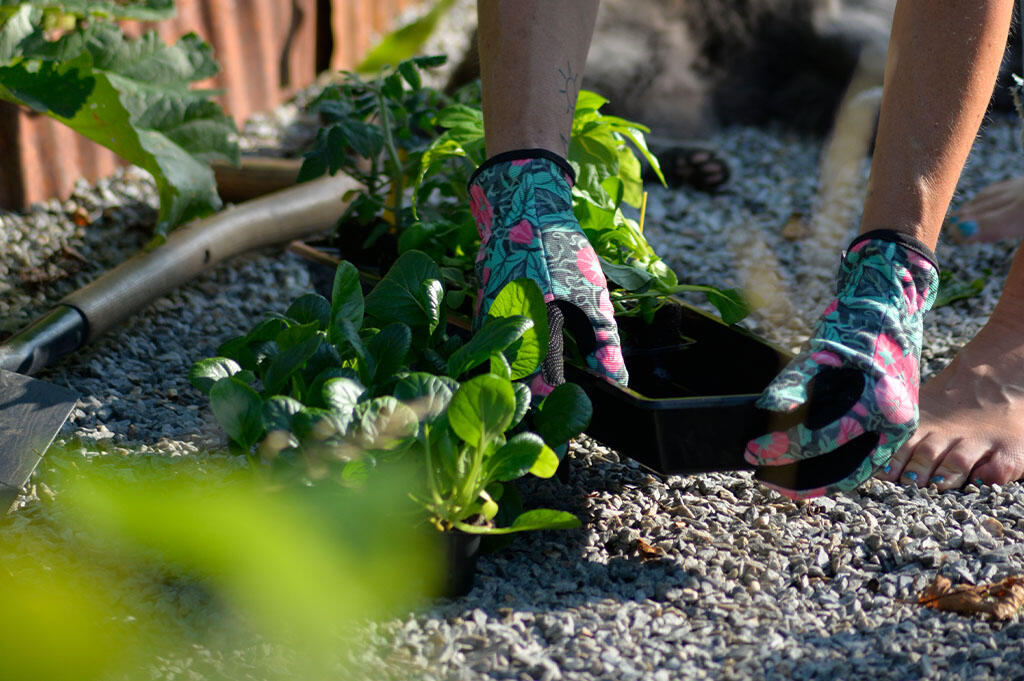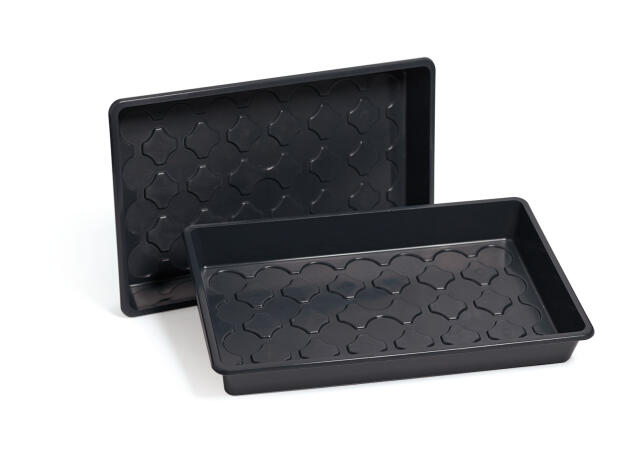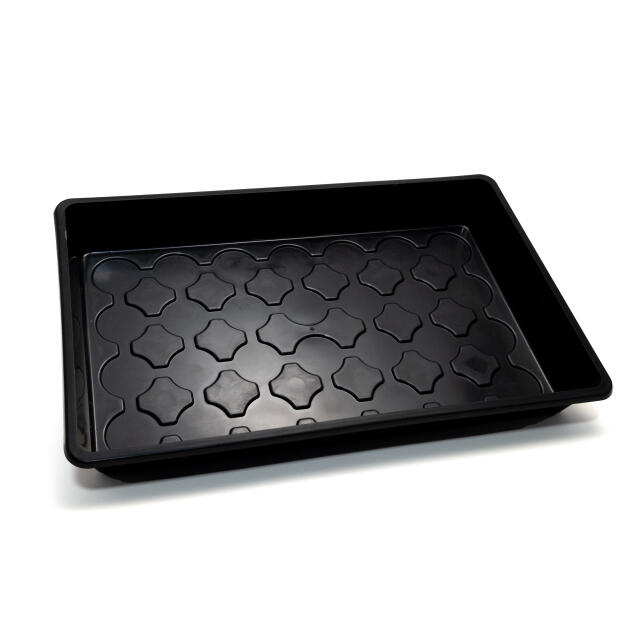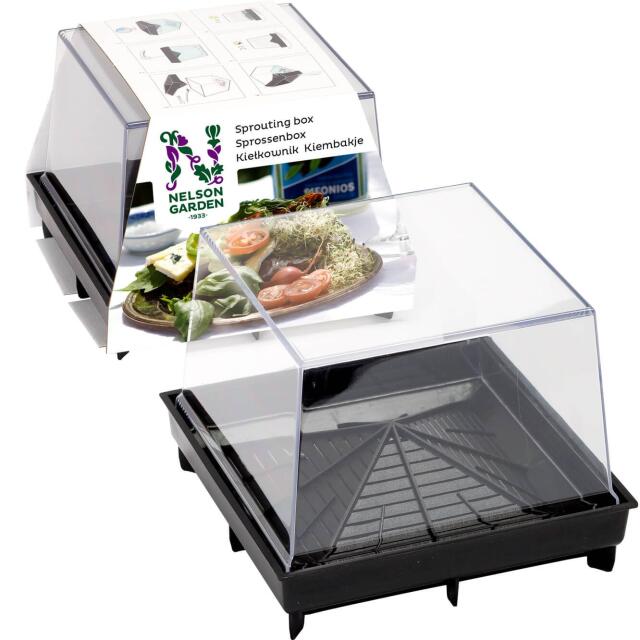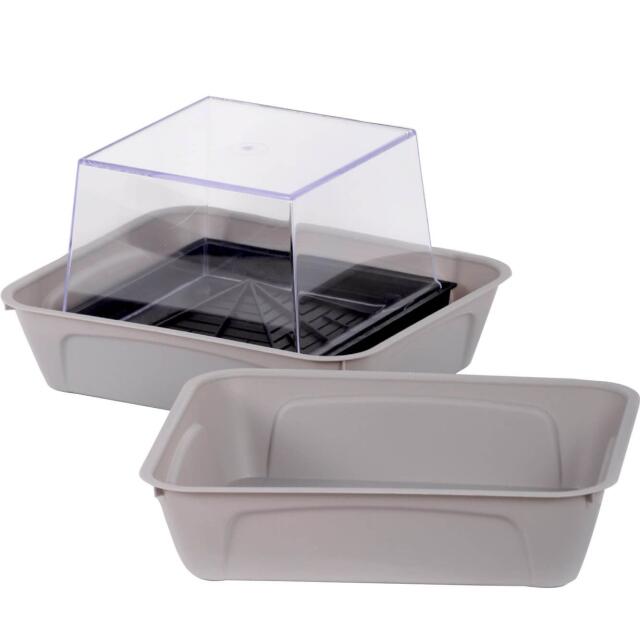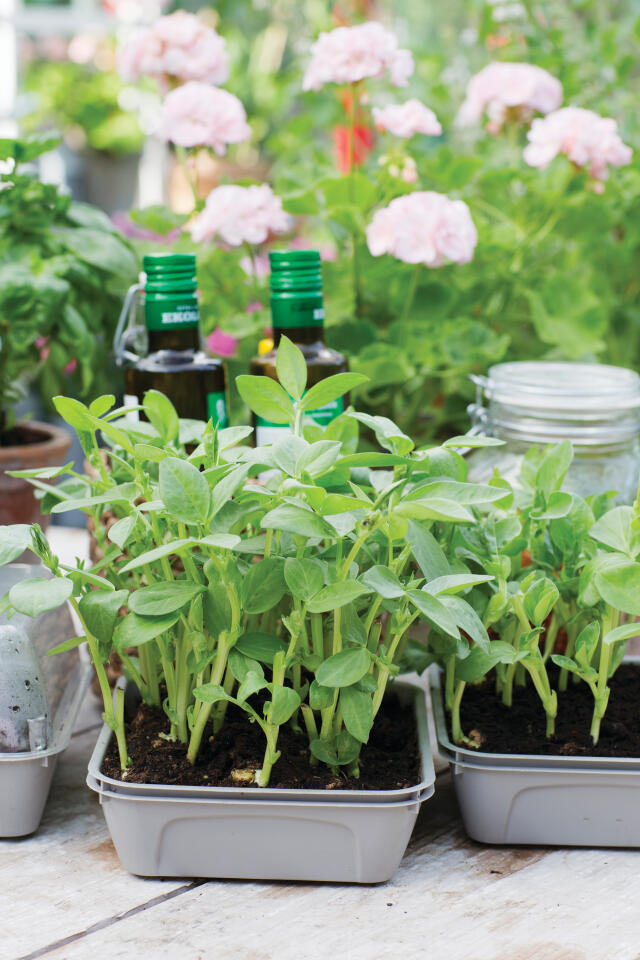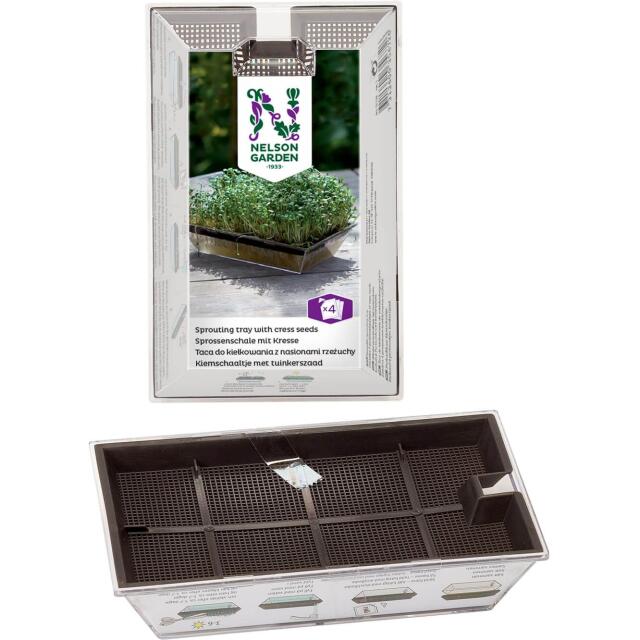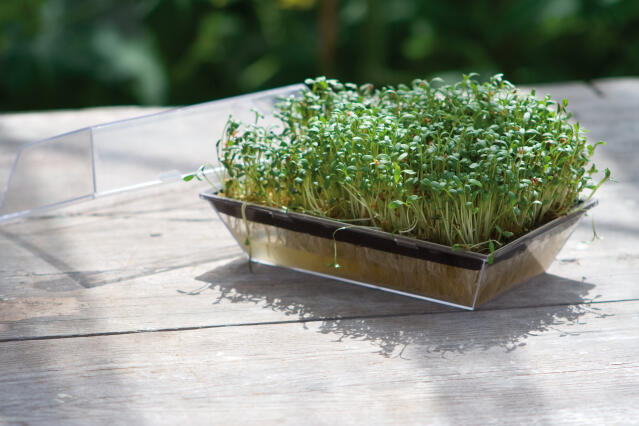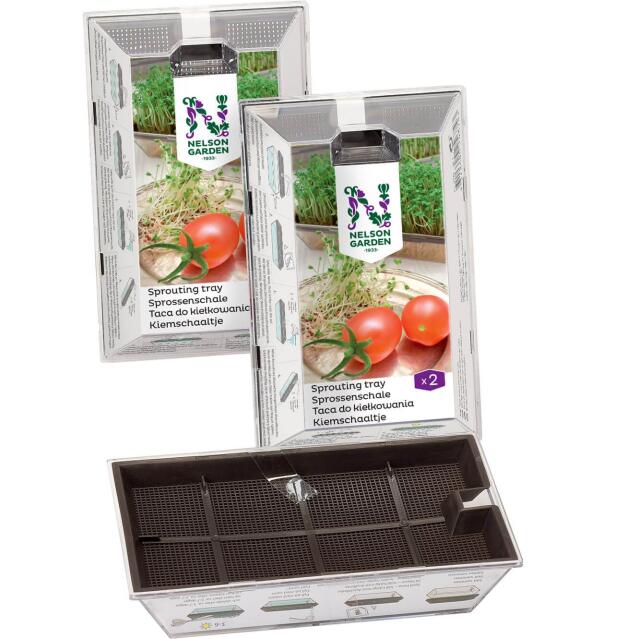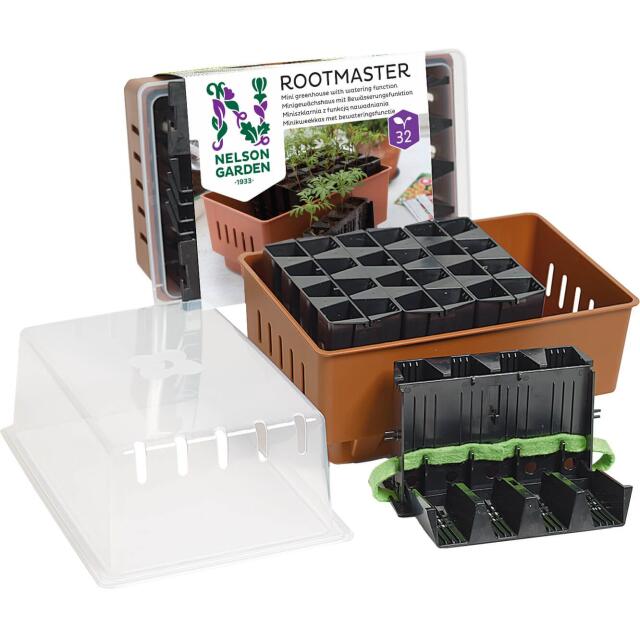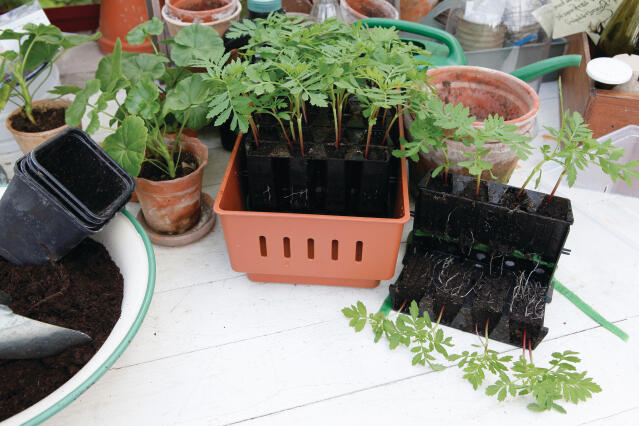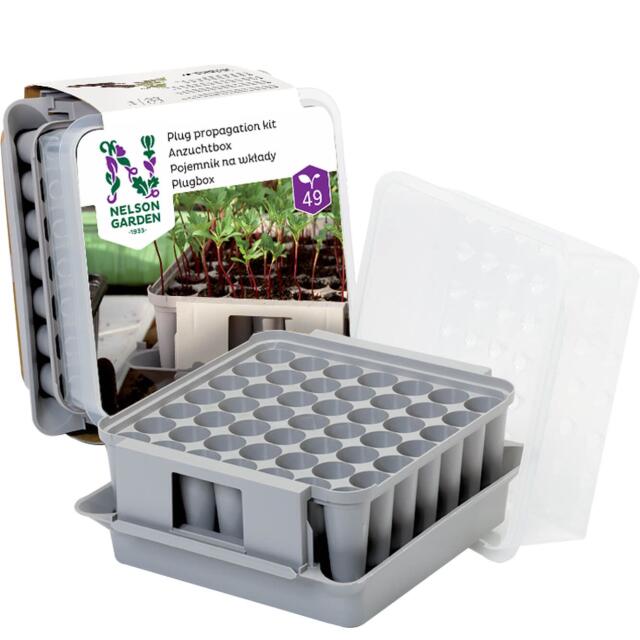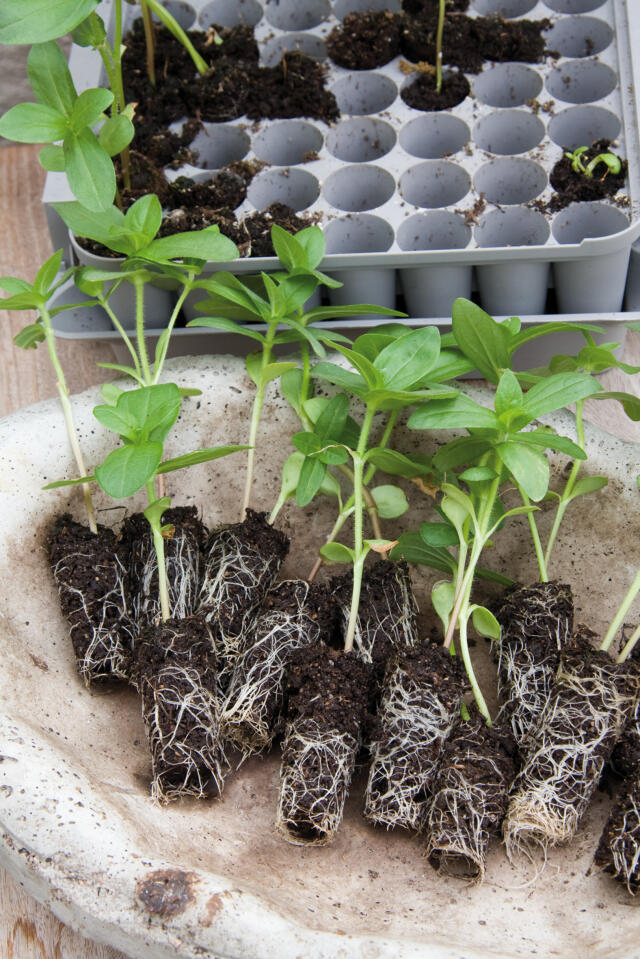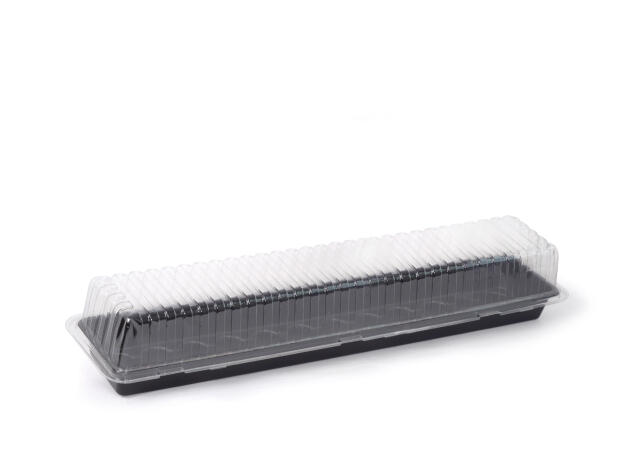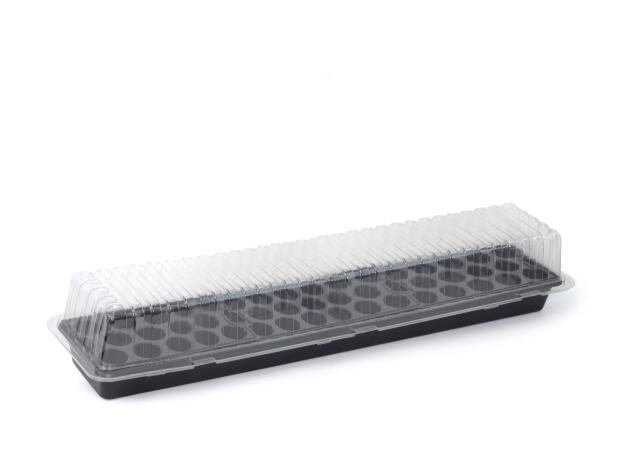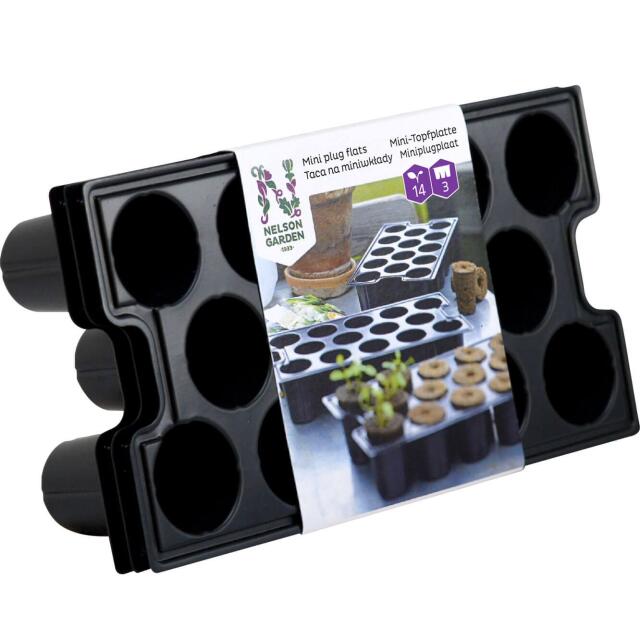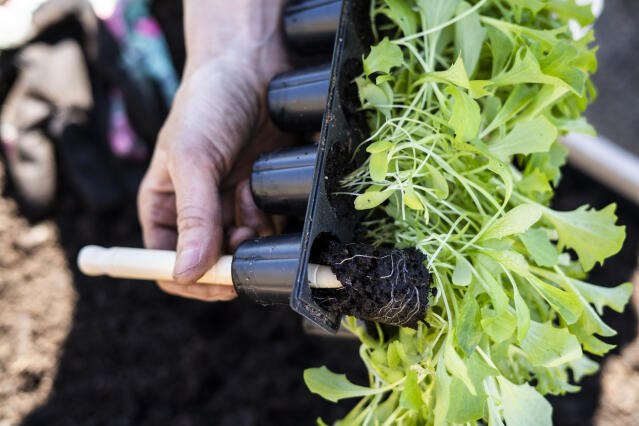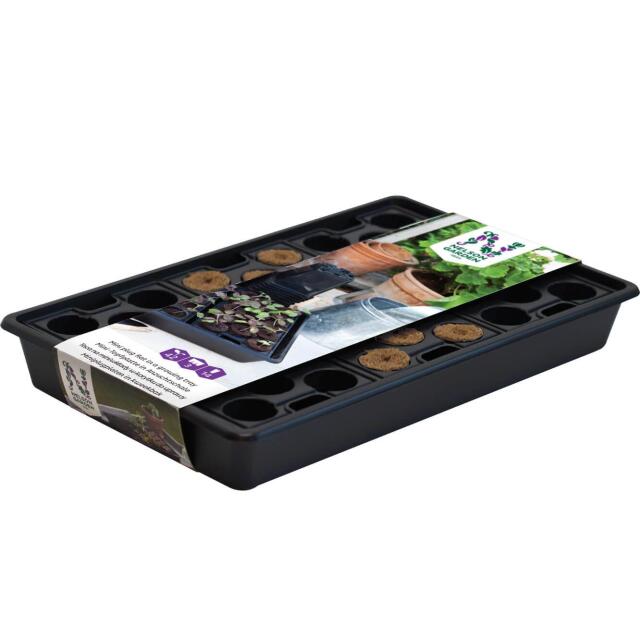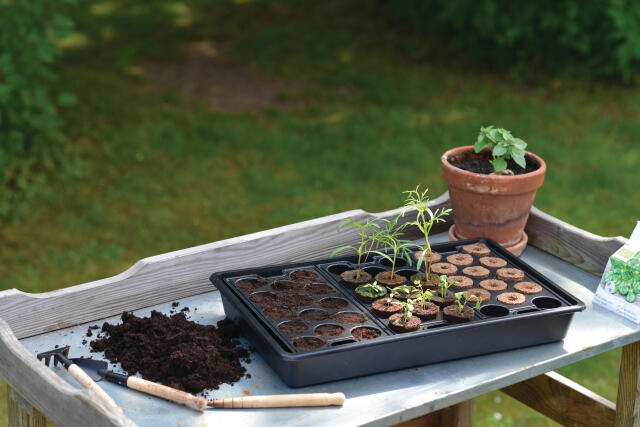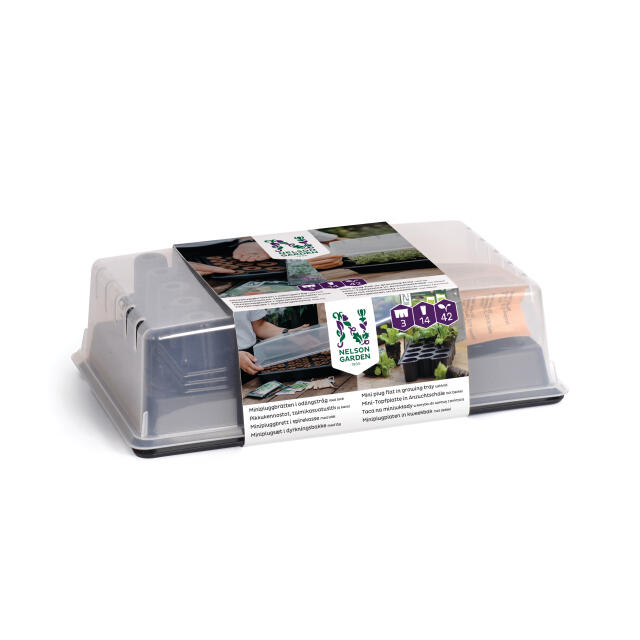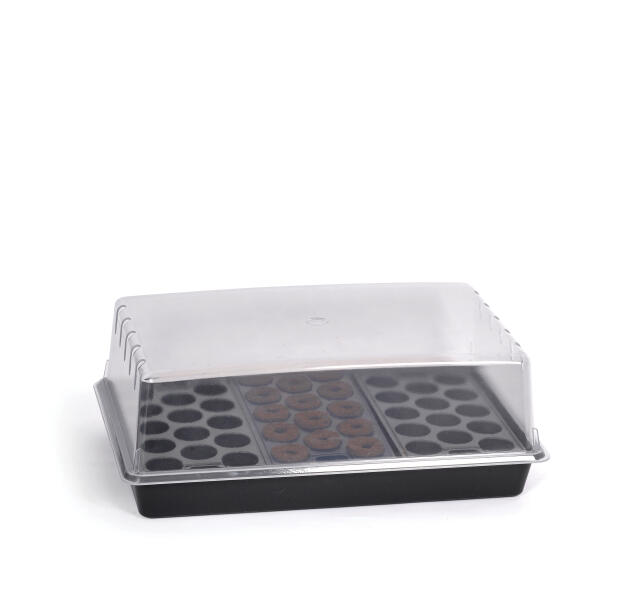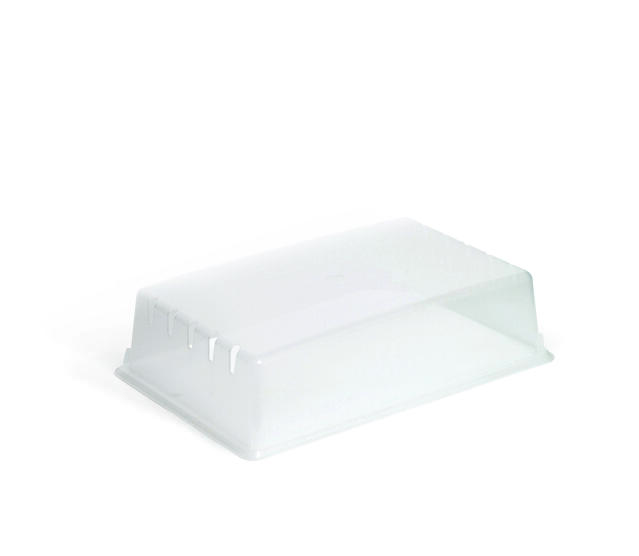The ABCs of transplanting
March 24, 2023Are you growing your own tomatoes indoors? Here are some tips on how to make your plants sturdier and stronger by gradually repotting them in new pots. Start by transplanting to small pots before going bigger and bigger...
Why not just choose a large pot from the start?
The risk when you choose to start a small plant in a large pot is that the large amount of soil and moisture that the soil creates when watered becomes too much for the roots of the small plant, which then start to rot. That’s why it’s a good idea to progressively repot using slightly smaller pots, which can then be replaced by larger ones as the plant and its roots develop and grow. IMPORTANT! Not all plants need to be repotted several times — Some plants just need to be repotted once before they can be transplanted to their final growing site (large outdoor pot or flower bed).
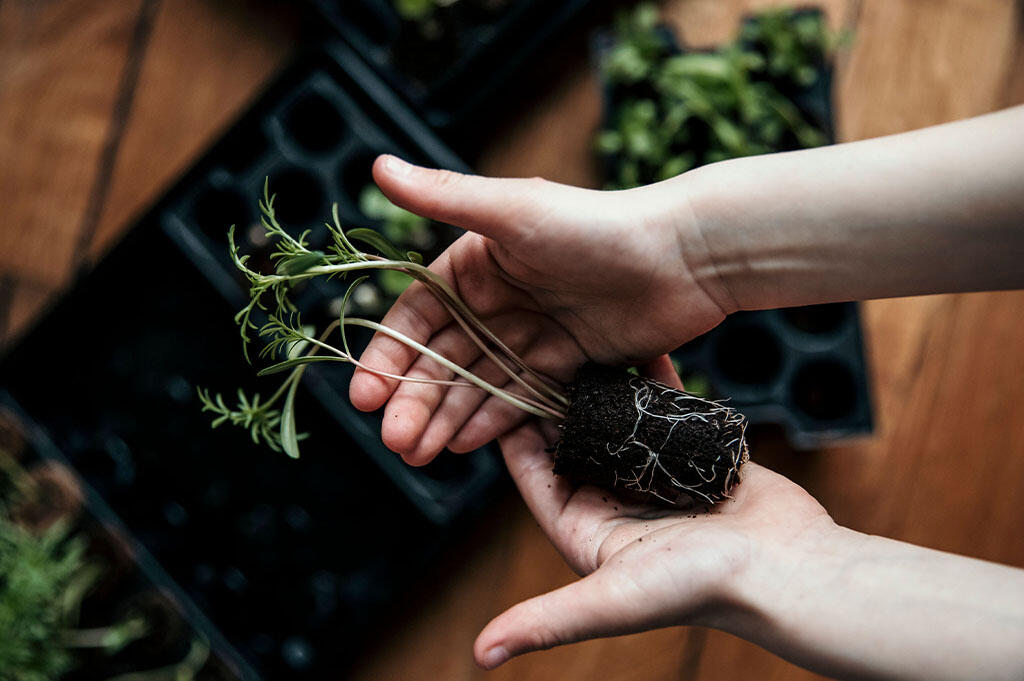 The time has come to transplant the plants to pots with potting soil. Photo: Annica Norman
The time has come to transplant the plants to pots with potting soil. Photo: Annica Norman
A. Transplanting to small pot...
When the plant has its first true leaves (the leaves that come after the cotyledons), it is time to move it from its first “nest”. Water the plants before transplanting so that the soil is moist, which makes the soil release a little easier.
Small pots of about 8 cm in diameter are usually adequate for a first transplant.
Fill 2/3 of the pots with potting soil or flower compost, make a small pit, and carefully insert the small plant. The stems are fragile, so lift using one of the leaves or hold it gently around the plug or root system.
Carefully loosen the soil around the plant. For some varieties, if the plant is tall and gangly, you can put it slightly deeper than it was before and cover the lower part of the stem with soil. Tomato plants in particular like this and will put down new roots along the parts of the stem that you have covered with soil. Of course, it’s also a good idea to put a label next to each plant or on the pot, so you can keep track of what’s growing.
At this stage, the plants need a lot of light – a bright window is usually sufficient – but of course that depends on whether there are enough light hours outside when you transplant. Light also varies depending on where you live, and grow lights might be necessary in some places.
2–3 weeks after transplanting (‘repotting’), you can start giving the plants some extra nutrients.
B. ... and then again to a slightly larger pot...
When the roots start sticking out at the bottom of the pot, it’s time for the next move. Now you can choose a pot that has a diameter of around 11 cm.
Tomato plants, for example, are usually stronger and more vigorous if you transplant them twice before they reach their final growing site, but that’s not always necessary, so try it out and see. If the roots seem to be taking hold and the plant appears healthy, it is likely that a new transplant is not necessary.
C. ...and maybe again into an even larger pot
In some cases, it may even be useful to do a third transplant. If you see the roots sticking out at the bottom, the plant needs more space. This will probably be the last transplant before the flower bed or a big outdoor pot. This time the plant can cope with a 16 cm diameter pot.
Finally ready for the great outdoors!
When it’s finally time to move the plants out into the garden (in a flower bed or pot), they do best if they can slowly adjust to the new climate. Harden off the plants for a few days. You can do this by simply leaving them outdoors for a few hours during the day in their little pots. The hardest thing for plants when they are not used to the outdoors is the sun’s strong rays. For this reason, they initially do best in semi-shade.
After a few days, the plants are strong enough to live entirely outdoors. You can then plant them in flower beds or large outdoor pots. Place them where they will thrive. Tomatoes, basil and sweet peas, for example, are plants that love light and warmth.
